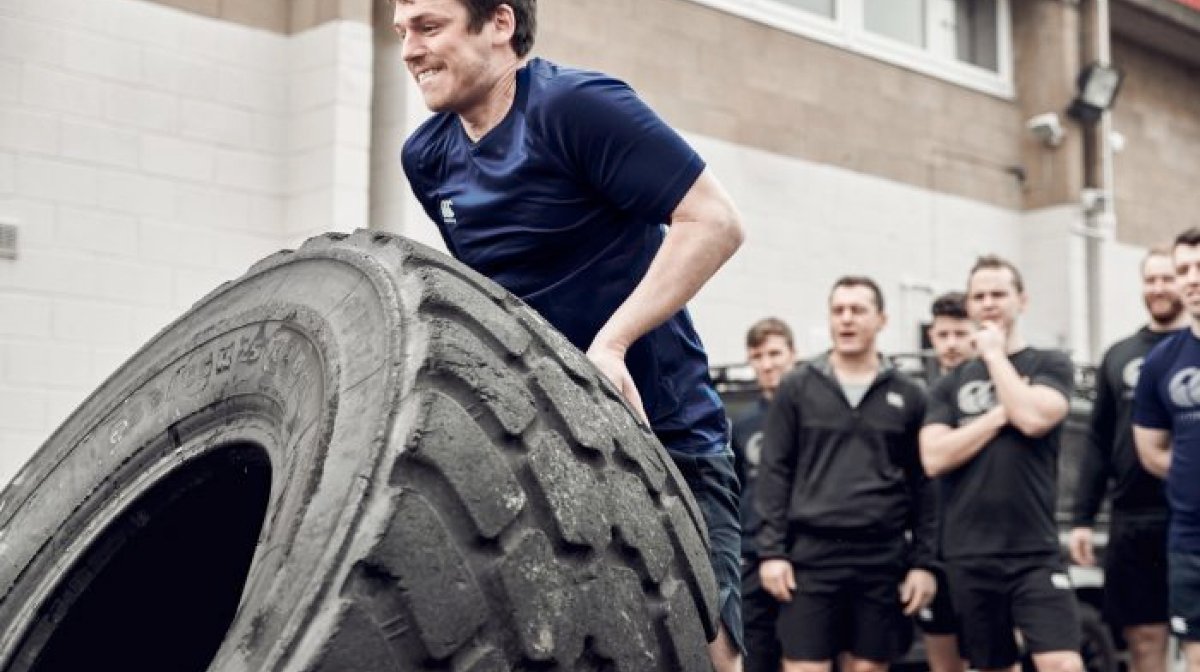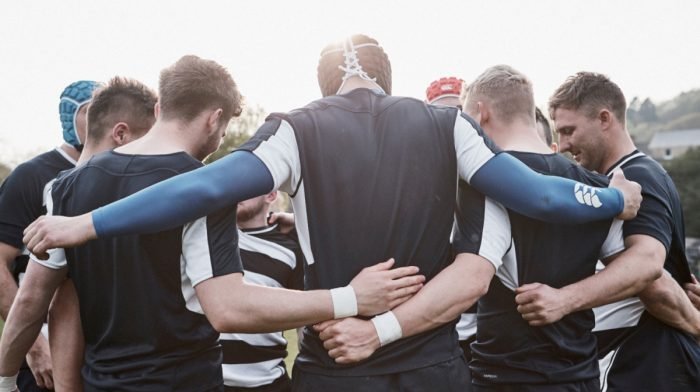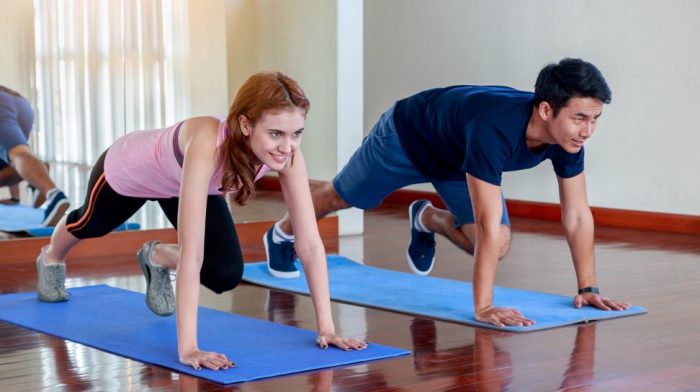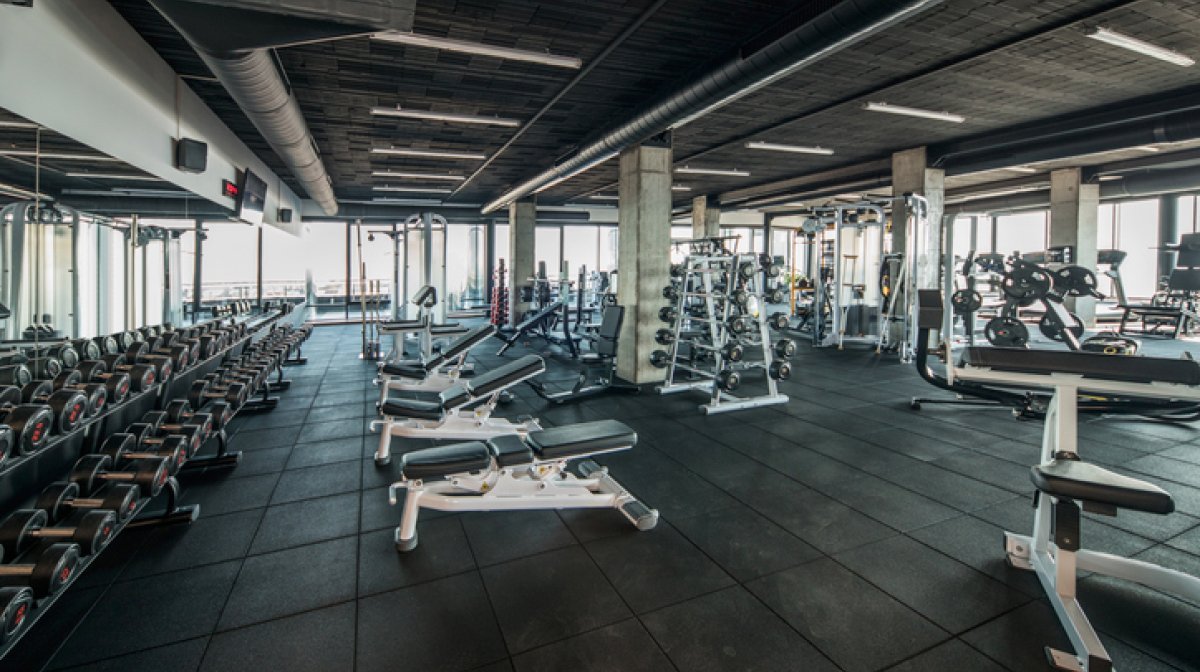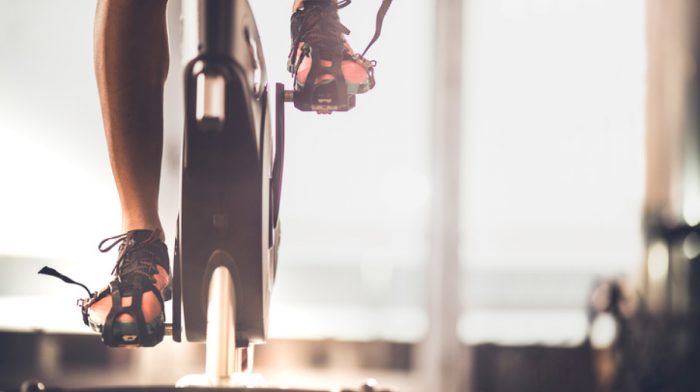Your legs are crucial to your performance on the park, so your rugby workout for your lower body has to be spot on. You may have shoulders like Atlas and upper arms like Arnie, but if you have legs like a chicken, you will be easily brought down in the tackle and you will lack the explosive power needed for lift-off in the lineout or leaping under the high ball. Before embarking on a rugby leg workout two or three times a week, make sure that you have a good level of base fitness and core stability.
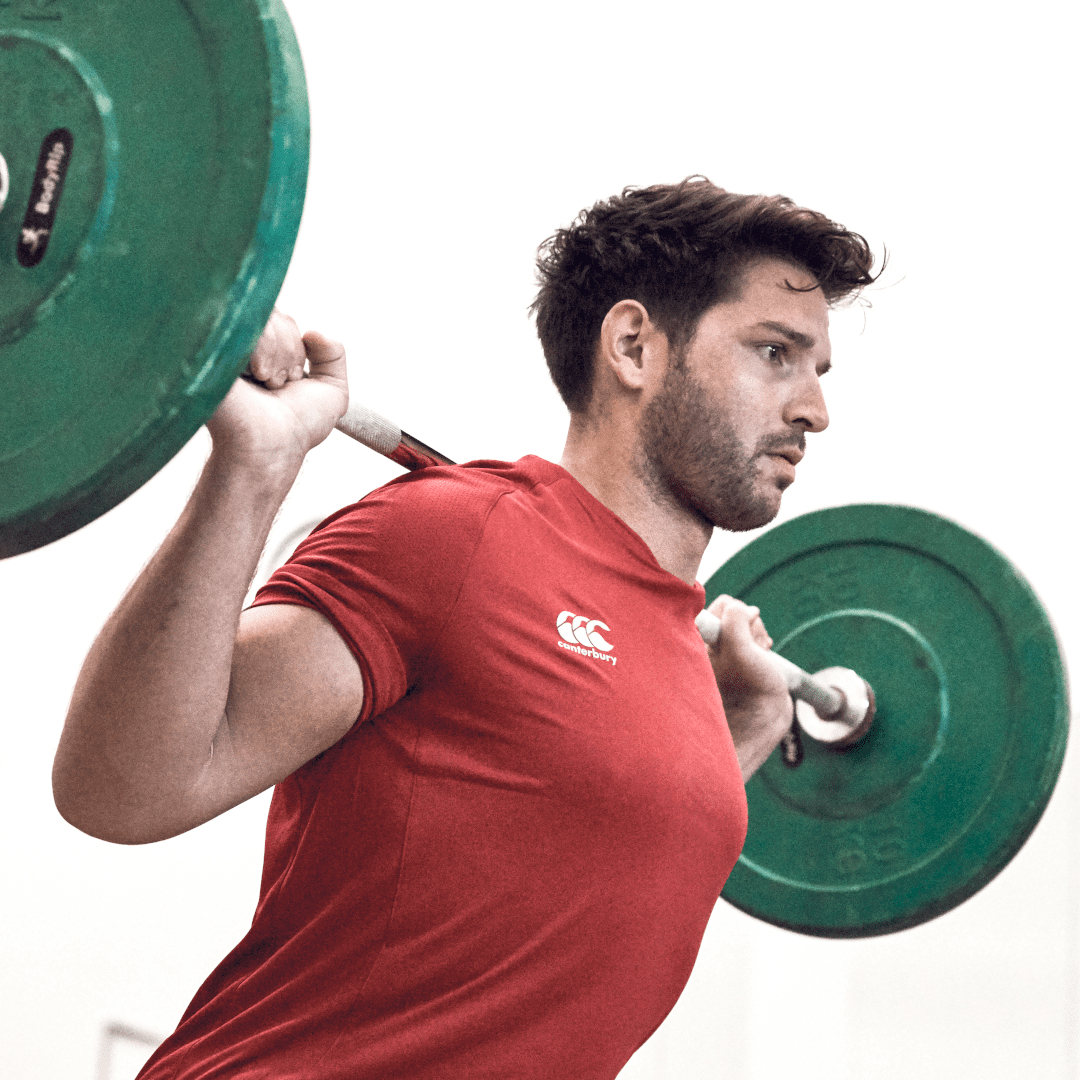
Squats sort out what’s what
As demonstrated in our 5 Squats You Should Be Doing articles, this exercise provides the very foundation for your rugby lower-body workouts. At a weight that gets you puffing in a short time, hold a barbell across your shoulders, with your back straight, before bending your knees slowly so that your thighs are level with the floor. Return to the original position.
Try 3-5 sets of 5 reps, increasing the weight with each set, until your final go of 3 reps at maximum weight. You can always attempt side-step squats, lunging with the barbell at a 45-degree angle, to build up your groin muscles and inner quads. This is crucial for gaining the power to side-step tackles. Build up the barbell weight gradually, and start out with 3 sets of 12 reps.
Depending on the deadlift
Another one of the big three lifts, this exercise will strengthen your hamstrings and lower back muscles, as well as fine-tuning your core stability. To perform a simple deadlift, grip the barbell on the floor, bending your knees as you reach down, with your back in a neutral position. Lift the barbell up the line of your legs until you are standing, before returning to your original position. Try 3-5 sets of 5 sets. Feel your hamstrings and backside becoming engaged and gently build up the barbell weight until ending with 3 sets of 3 reps at maximum load.
If you have long arms and a short torso, you will probably find the conventional deadlift stance easier, where you place your feet slightly more than shoulder-width apart and your arms outside of your knees. This conventional stance works your back more. For the sumo stance, take a wider stance, turn your toes outwards and grip the barbell so that your arms are perpendicular to the floor. This will target your hips and legs a great deal more than the conventional stance does. The sumo stance is ideal for those lifters with shorter arms. Always engage your abs, keep your head back and try to create a neutral spine.

Develop your explosive power
Power development is all-important in the game of rugby. Try 10 reps of dumbbell squat jumps without a rest, setting the weight at between 10-20 kg; this will help develop your quads and hamstrings. You can also attempt single-leg squats on a box – crouch on the edge of the box, holding out 10kg dumbbells straight ahead of you, before flicking out each leg in turn until it is almost fully extended. Your standing leg will feel the weight of your body and the dumbbell. Try to engage your backside and abs, concentrating on your core balance. Your head should be up, and your back in a neutral position.
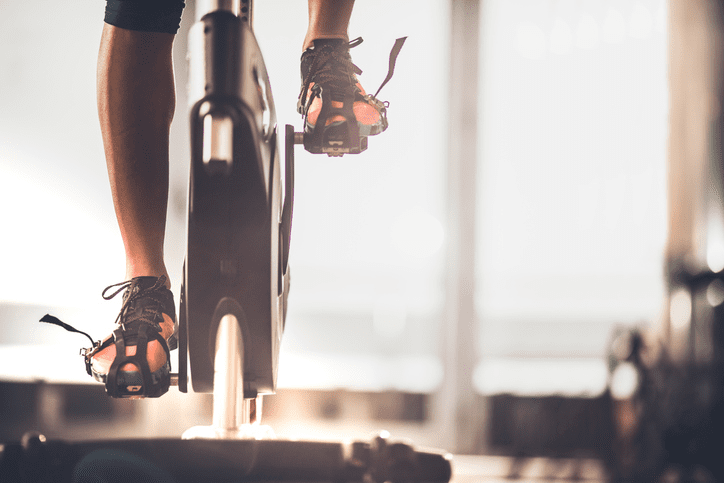
Cycling till your legs burn
Working your legs burns more calories than any other targeted body part, so get on your bike as part of your rugby cardio and leg workout program. High-intensity interval training (HIIT) guarantees quick results in as short a time as possible – focus on 3 sets of 5 minutes of cycle-work at 80% maximal capacity, with 3 minutes of cool-down between each set (50% maximal HR). This intense cycling will not only provide the perfect conclusion to your lower-body exercises, but it will also guarantee you strength in your lower body, so that it’s your opponent, and not you, who ends up eating turf on match day.
